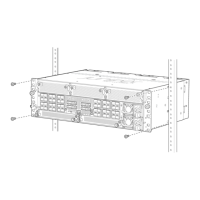Table 28: Esmated Values for Factors Causing Link Loss
(Connued)
Link-Loss Factor Esmated Link-Loss Value
Splice 0.5 dB
Fiber aenuaon Single mode—0.5 dB/km
Mulmode—1 dB/km
The following sample
calculaon for a 2-km-long mulmode link with a power budget (P
B
) of 13 dB uses
the esmated values from Table 28 on page 64. This example calculates link loss (LL) as the sum of ber
aenuaon (2 km @ 1 dB/km, or 2 dB) and loss for ve connectors (0.5 dB per connector, or 2.5 dB) and
two splices (0.5 dB per splice, or 1 dB) as well as higher-order mode losses (0.5 dB). The power margin
(P
M
) is calculated as follows:
P
M
= P
B
– LL
P
M
= 13 dB – 2 km (1 dB/km) – 5 (0.5 dB) – 2 (0.5 dB) – 0.5 dB
P
M
= 13 dB – 2 dB – 2.5 dB – 1 dB – 0.5 dB
P
M
= 7 dB
The following sample calculaon for an 8-km-long single-mode link with a power budget (P
B
) of 13 dB
uses the esmated values from Table 28 on page 64. This example calculates link loss (LL) as the sum of
ber aenuaon (8 km @ 0.5 dB/km, or 4 dB) and loss for seven connectors (0.5 dB per connector, or
3.5 dB). The power margin (P
M
) is calculated as follows:
P
M
= P
B
– LL
P
M
= 13 dB – 8 km (0.5 dB/km) – 7(0.5 dB)
P
M
= 13 dB – 4 dB – 3.5 dB
P
M
= 5.5 dB
In both examples, the calculated power margin is greater than zero, indicang that the link has sucient
power for transmission and does not exceed the maximum receiver input power.
65

